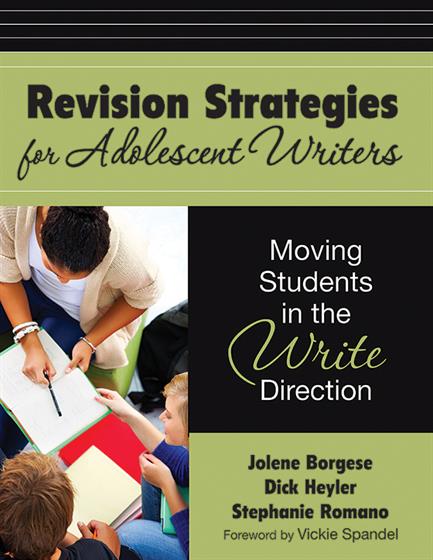Hands-on, Practical Guidance for Educators
From math,
literacy, science, equity, multilingual learners, and SEL, to assessment, school counseling,
and education leadership, our books are research-based and authored by experts
on topics most relevant to what educators are facing today.

Revision Strategies for Adolescent Writers
Foreword by Vickie Spandel
Supported by the Common Core State Standards, the 30+ strategies in this book include pre-writing planning, peer conferencing, modeling effective revision, and using technology.
- Grade Level: 6-12
- ISBN: 9781412994255
- Published By: Corwin
- Year: 2011
- Page Count: 152
- Publication date: November 08, 2011
Review Copies
Other Titles in: Teaching Methods & Learning Styles | Middle School Teaching Methods | High School Teaching Methods

